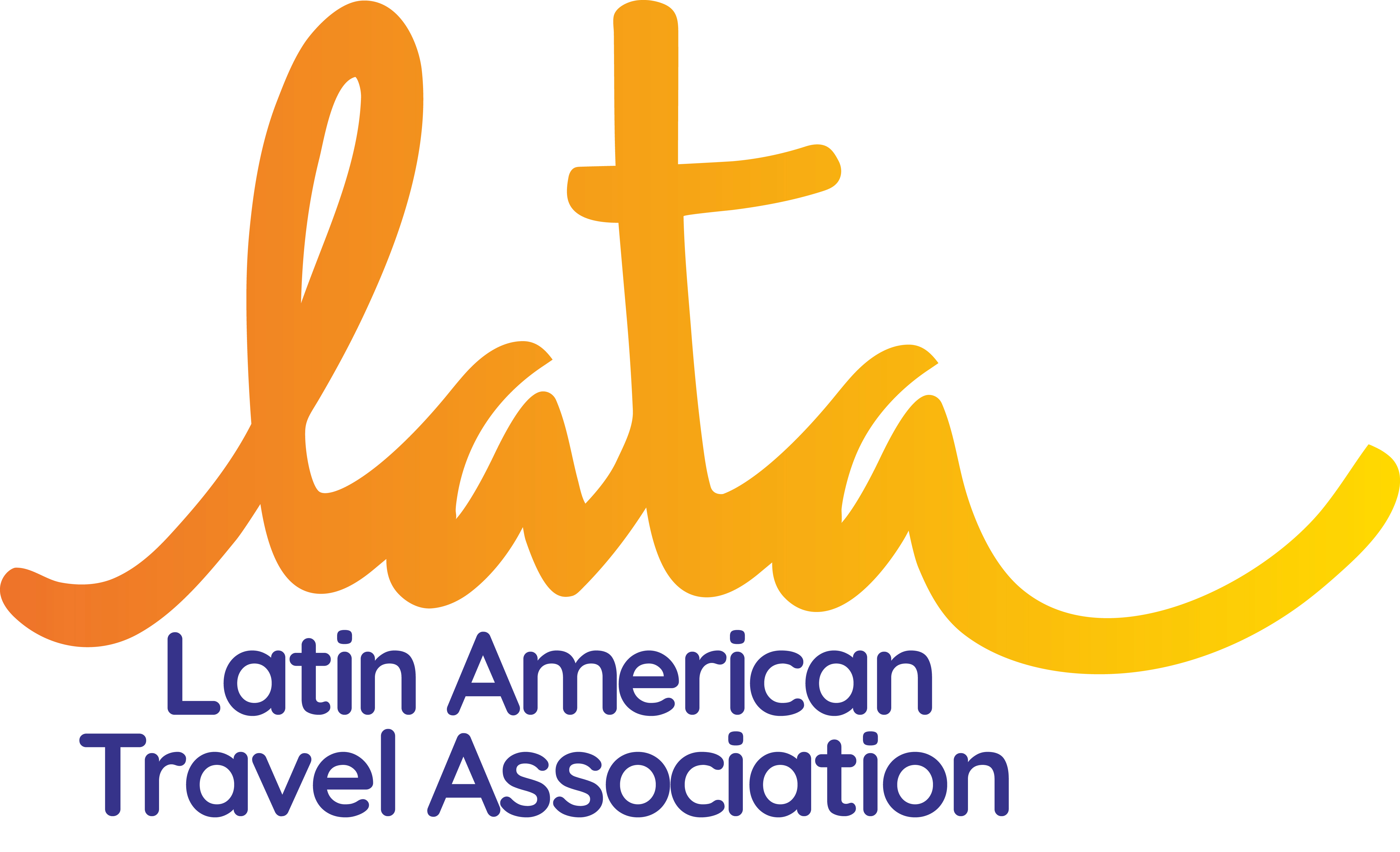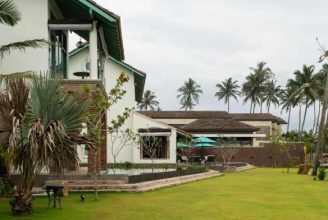Sinharaja Rainforest
A Rich Treasure Trove Of Nature
Take a walk into the wilderness, where time stands still at this UNESCO World Heritage Site. Sinharaja Rainforest National Park is a treasure trove of natural wonders encased by sheer wilderness waiting to be discovered. Here you will be welcomed by a thick air of humidity, the incessant noise of birds and insects, and an endless canopy of tall trees. Sinharaja Rainforest National park is a primary tropical rainforest and biosphere, regarded as a biodiversity hotspot in Sri Lanka. More than 60% of the trees are endemic and many of them are considered rare.
You will have an opportunity to swim under the waterfall or river. Along the way you will visit a remote community cut off from the rest of the world. There are more than 20 communities that live in Sinharaja Rainforest and their livelihood is dependent on this forest. You will be able to enjoy the Kitul ‘palm syrup’ made by these communities.
Wildlife
- In Sinharaja you can spot endemic mammals, bird species, butterflies, insects, reptiles and rare amphibians. As well as an interesting spectacle known as ‘bird wave’, where birds tend to move in mixed feeding flocks, invariably led by the fearless Greater Racket-tailed Drongo and the noisy Orange-billed Babbler. These are just two of Sri Lanka’s 26 endemic birds that can be found here in addition to the 20 rainforest species, including the elusive Red-faced Malkoha, Green-billed Coucal and Sri Lanka Blue Magpie.
The Sinharaja Forest Reserve is one of Sri Lanka’s most vital natural treasures and a highlight of the island’s ecological diversity.
It is the last remaining relatively undisturbed area of primary tropical lowland rainforest in the country and is a designated UNESCO World Heritage Site and World Biosphere Reserve.
Key Features and Significance
- Biodiversity Hotspot: Sinharaja is globally significant, with an exceptionally high degree of species endemism. It is often cited as a key contributor to Sri Lanka being recognized as a global biodiversity hotspot.
- Endemism: The forest is a living museum of endemic life.
- Flora: Over 60% of the tree species are found nowhere else in the world, including endemic palms and the massive Dipterocarpus trees. The vegetation is incredibly dense, estimated at up to 240,000 plants per hectare.
- Fauna: It is home to a very high percentage of Sri Lanka’s endemic animal species, including:
- Birds: Nearly all of Sri Lanka’s 20-plus endemic rainforest bird species are found here, most notably the stunning Sri Lanka Blue Magpie and the elusive Red-faced Malkoha and Green-billed Coucal. Birds are famous for moving in mixed-species feeding flocks, or “bird waves.”
- Mammals: The endemic Purple-faced Langur is the most commonly seen primate. Others include the Toque Macaque, Sri Lankan Giant Squirrel, and the critically endangered Sri Lankan Leopard (though sightings are extremely rare).
- Reptiles and Amphibians: A great variety of endemic species are present, such as the Green Pit Viper and numerous tree frogs.
Visiting Information
- Location: The reserve is located in the southwest lowland wet zone of Sri Lanka, spanning parts of the Ratnapura, Galle, and Matara districts.
- Best Time to Visit: The relatively drier periods, and therefore the best for trekking, are generally from January to early April and again from August to September. The area experiences the Southwest (May-July) and Northeast (November-January) monsoons, which bring heavy rain.
- Access: There are several entry points, with the main and most popular entrances being Kudawa (North) and Pitadeniya (South).
- Guides are Compulsory: Visitors are required to hire an authorized local guide and obtain a permit from the Department of Forest Conservation to enter the reserve. Exploring the forest with an expert guide is essential for safely navigating the trails and spotting the elusive wildlife.
- What to Bring:
- Protection against Leeches: Leeches are abundant, especially during the wetter months. High socks worn over trousers and leech socks are highly recommended.
- Waterproofs: Rain can occur at any time, so a light waterproof jacket and waterproof bags for electronics are advisable.
- Footwear: Sturdy, waterproof hiking boots are a must for the slippery and muddy trails.
A visit to Sinharaja offers a uniquely immersive experience into an ancient, highly diverse, and protected ecosystem, making it a paradise for birdwatchers and nature enthusiasts.
Local Hotels

Unsure Where To Start?
Let’s talk about your Earth Trip


Our travel specialists are seasoned explorers with deep local insights. Whether it’s uncovering hidden gems or planning immersive cultural experiences, we design trips that go beyond the ordinary. Get in touch today!
Request A Video Meeting










 Sinharaja Rainforest
Sinharaja Rainforest